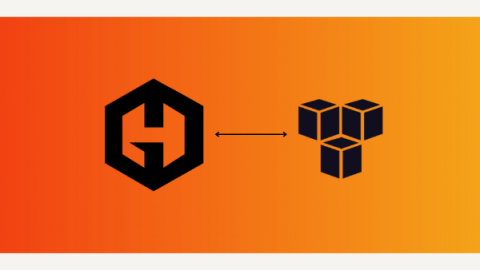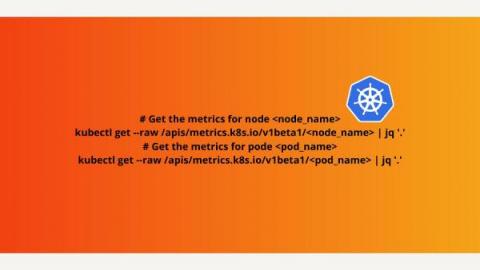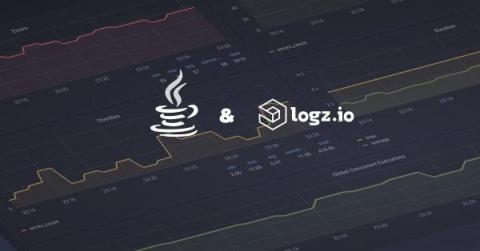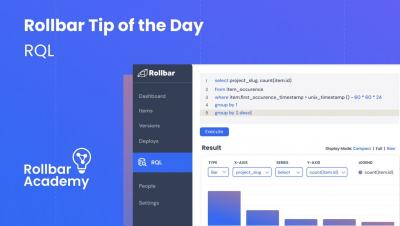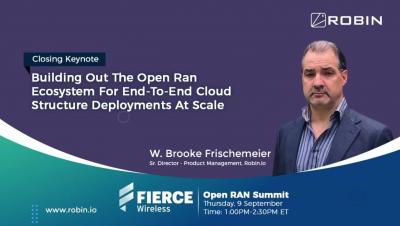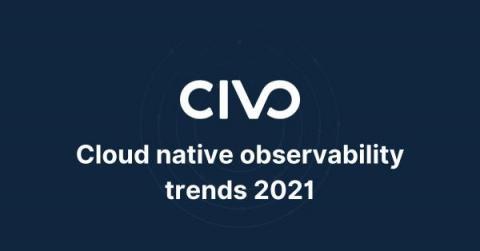Operations | Monitoring | ITSM | DevOps | Cloud
opsdemon
Latest posts
Best AWS monitoring management tool
Amazon Web Service or AWS has an immense cloud ecosystem now counting at over 200 services and products. Started with first generation services like EC2, S3, and RDS, now you can have satellite control centers, build virtual reality, and compose music using Artificial Intelligence. As the variety of services expanded, the necessity to monitor all those services efficiently became critical. Running a service without a proper monitoring system is no different from running while blind-folded.
How to monitor your Kubernetes metrics server
In this article, we will look at what the Kubernetes metrics server is and what it is used for. We will also learn how to set up a metrics server and use it to monitor Kubernetes metrics. Finally, we will explore how to use hosted Graphite by MetricFire for monitoring Kubernetes metrics.
Introduction to Custom Metrics in Java with Logz.io RemoteWrite SDK
We just announced the creation of a new RemoteWrite SDK to support custom metrics from applications using several different languages. This tutorial will give a quick rundown of how to use the Java SDK. This SDK – like the others – is completely free and open source, and is meant to apply to any output destination, not just Logz.io.
Rollbar Pro Tips: RQL
A FinServ Charming Legend - Automating application deployment and management
New WLSDM Features and Functionalities Special Pre-Release & Presentation to Emerson
Working with external data, a look at classfiltercsv()
When working with CFEngine, it’s common to hear advice about separating data from policy. Separating data from policy allows for separation of concerns, delegation of responsibilities and integration with other tooling. Each organization is different, and a strategy that works well in one environment may not work as well in a similar environment of another organization, so CFEngine looks to provide various generic ways to leverage external data.
DNS filtering: What is it and why do companies use it?
The Domain Name System (DNS) makes it possible for users to access websites using domain names, like wikipedia.org, in place of nine-digit IP addresses. Due to its ubiquitous nature, DNS can be used to block access to selected websites, which is commonly known as DNS filtering. Many companies see security and productivity benefits from implementing this strategy where appropriate. Read on as we explore some of the key details around how DNS filtering works and how it can be beneficial.
Building out the Open RAN ecosystem for end-to-end cloud structure deployments at scale
Observability trends 2021
Observability has gained a lot of momentum and is now rightly a central component of the microservices landscape: It’s an important part of the cloud native world where you may have many microservices deployed on a production Kubernetes cluster, and a need to monitor these microservices keeps rising. In production, quickly finding failures and fixing them is crucial. As the name suggests, observability plays an important role in this failure discovery.











